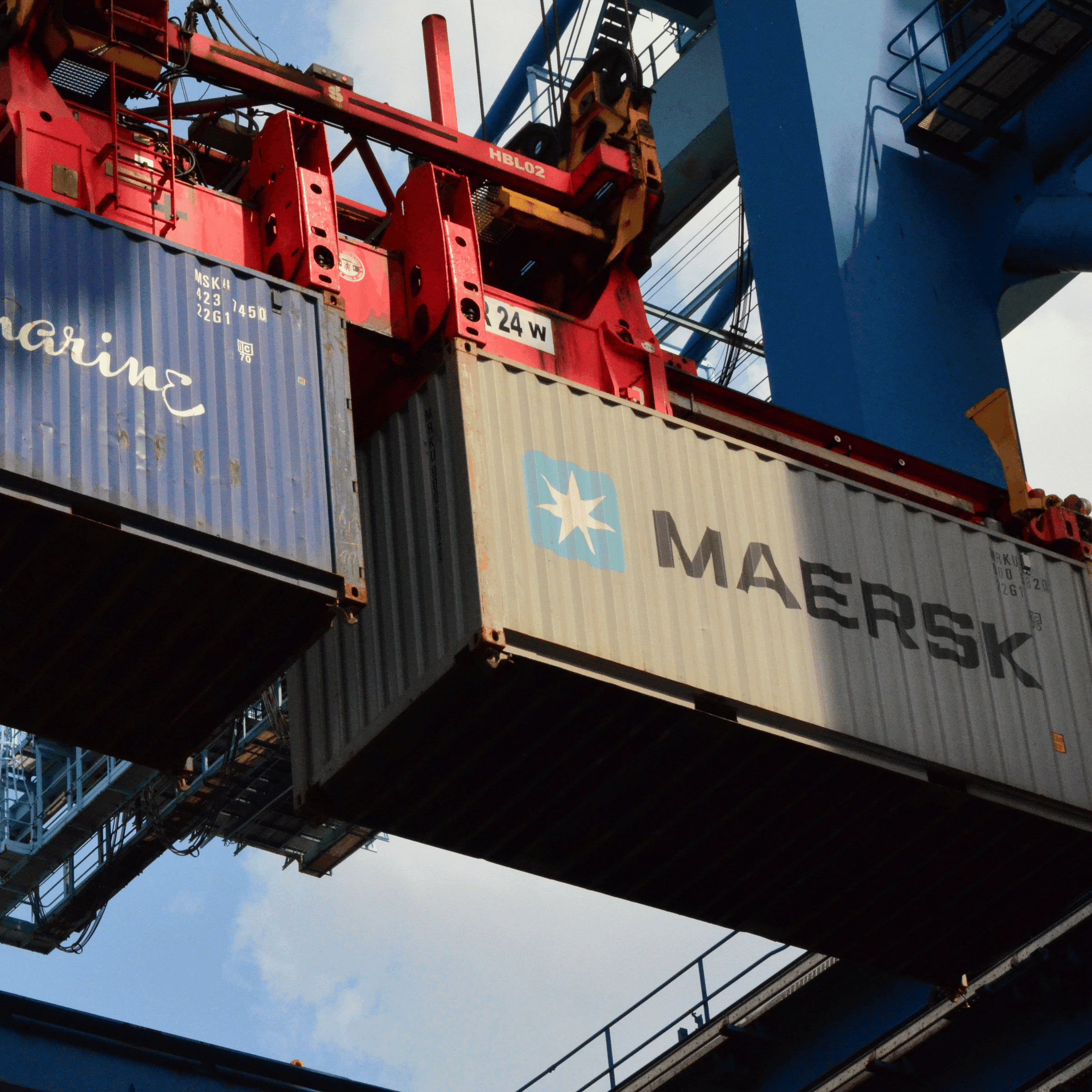Omnichannel order fulfillment is a comprehensive approach to managing and delivering orders in a retail environment that encompasses various channels such as physical stores, online marketplaces, social media platforms, and more. This strategy aims to provide a seamless and consistent customer experience regardless of how or where a customer chooses to buy a product. Here’s a detailed exploration of omnichannel order fulfillment:
Introduction to Omnichannel Retailing
Omnichannel retailing refers to the integration of various shopping channels to offer a unified customer experience. This approach contrasts with traditional or multichannel retailing, where each channel operates independently. In omnichannel retailing, all channels are interconnected, allowing customers to switch between them seamlessly.
The Importance of Omnichannel Order Fulfillment
Enhanced Customer Experience: Customers expect a smooth shopping experience, whether they are online, in-store, or using a mobile app. Omnichannel fulfillment meets these expectations by providing consistent service across all platforms.
Increased Sales and Loyalty: By offering multiple channels for customers to make purchases and receive their orders, businesses can boost sales and foster greater customer loyalty.
Operational Efficiency: Integrating order fulfillment across various channels can lead to more efficient inventory management, reduced costs, and improved supply chain operations.
Key Components of Omnichannel Order Fulfillment
Integrated Inventory Management: Real-time inventory tracking across all sales channels is crucial. This integration ensures accurate stock levels are maintained, preventing over-selling or stockouts.
Flexible Order Processing: Orders should be processed in a way that allows customers to buy online and pick up in-store (BOPIS), ship from store, or receive home deliveries, among other options.
Seamless Customer Service: Customer service should be consistent across channels, providing support for returns, exchanges, and inquiries, regardless of the purchase channel.
Advanced Technology Solutions: Implementing robust technology like an Order Management System (OMS) that integrates with POS systems, e-commerce platforms, and warehouse management systems is essential.
Efficient Logistics and Distribution: Effective logistics strategies, including the use of distribution centers and local stores for order fulfillment, are vital.
Challenges in Omnichannel Order Fulfillment
Complexity in Integration: Ensuring seamless integration between different channels and systems can be technically challenging.
Inventory Management: Balancing inventory across multiple locations while ensuring availability can be difficult.
Cost Management: Implementing and maintaining an omnichannel strategy can be costly, requiring significant investment in technology and training.
Best Practices for Successful Omnichannel Order Fulfillment
1. Embrace Technology: Invest in the right technology solutions that can integrate various aspects of omnichannel fulfillment.
2. Train Staff Adequately: Ensure that staff across all channels are trained to handle omnichannel processes.
3. Focus on Customer Experience: Prioritize strategies that enhance the customer experience, such as easy returns and fast shipping options.
4. Analyze Data for Insights: Use data analytics to understand customer behavior and preferences, and adjust strategies accordingly.
Case Studies and Examples
Retail Giants
Companies like Amazon and Walmart have successfully implemented omnichannel strategies by leveraging their vast network of distribution centers and stores.
Small Business Adaptations
Smaller retailers are increasingly adopting omnichannel approaches, using local stores as mini-distribution centers to fulfill online orders.
Conclusion
Omnichannel order fulfillment is not just a trend but a necessity in today’s retail landscape. It requires a strategic approach, investment in technology, and a focus on customer experience. By effectively implementing an omnichannel strategy, retailers can meet customer expectations, improve operational efficiency, and stay competitive in the evolving retail market.






